For more information, contact our Business Development Team
You can find the relevant points of contact to ensure smooth communication at every step in the corresponding Areas of Interest pages.
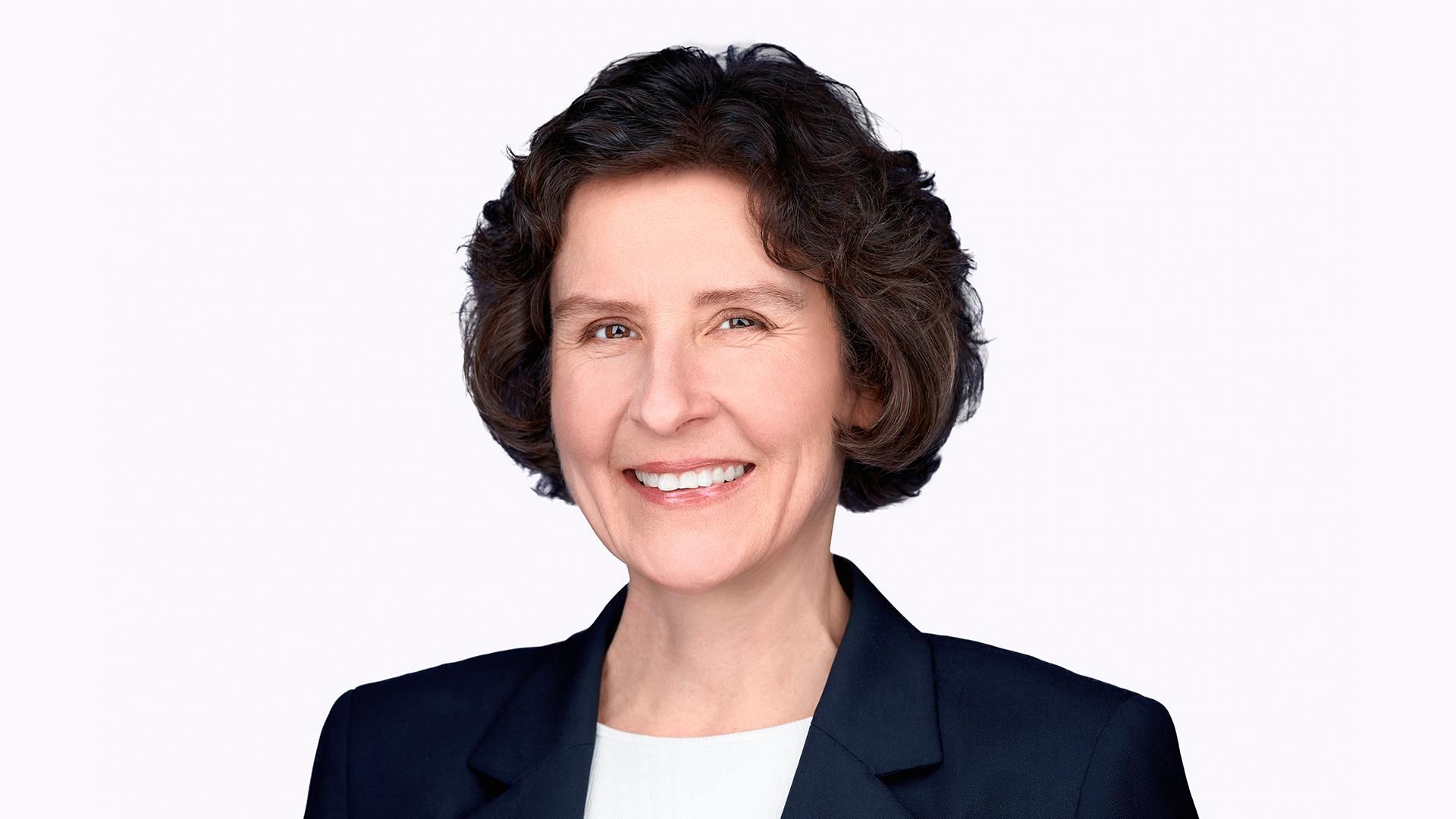
Monika Vnuk
Global Head of Partnering and Business Development

David Hering
Global Head of Alliance Management
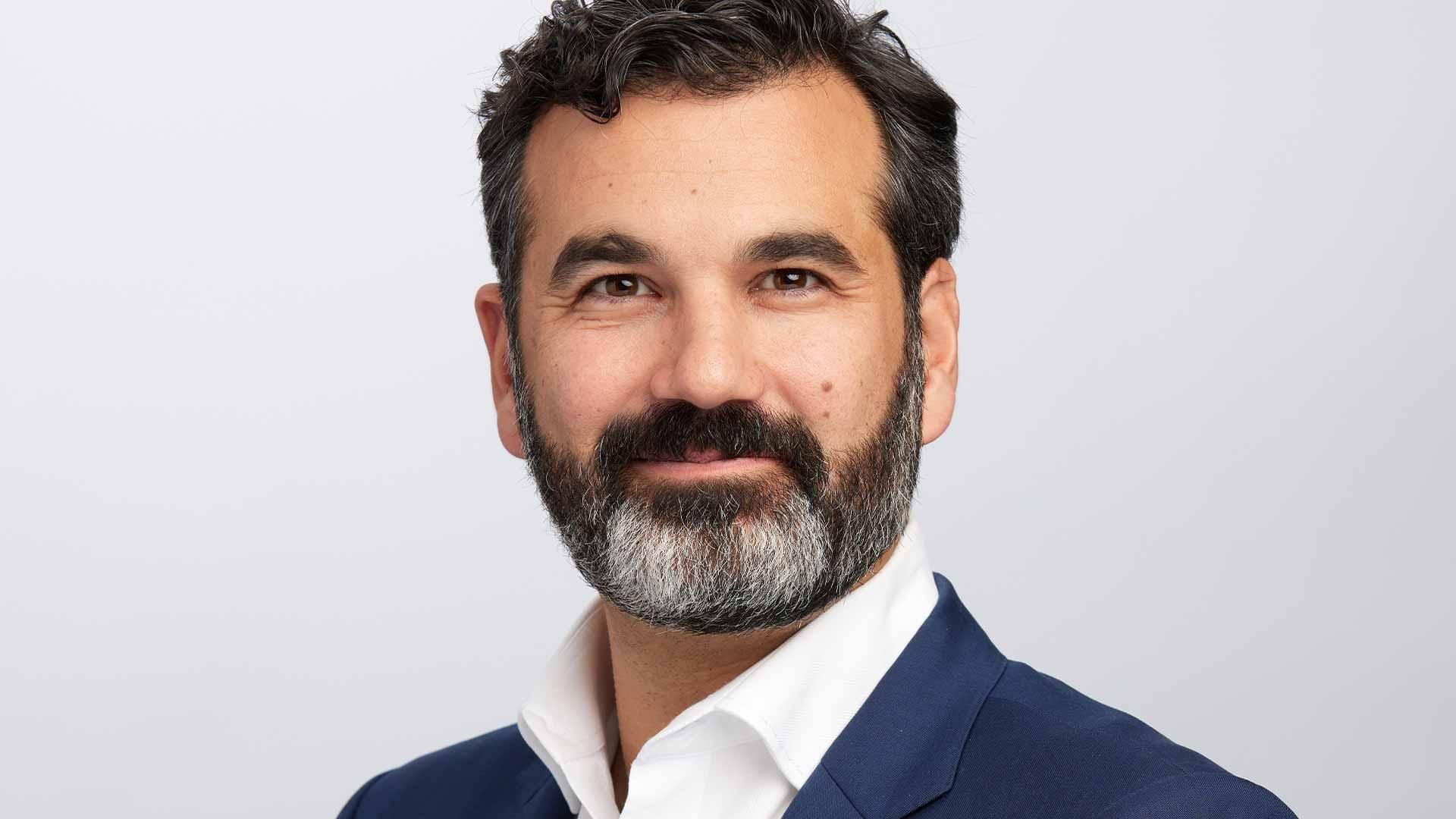
Jason Hafler
Managing Director of Sanofi Ventures

Michael Palladinetti
Global Head of Immunology & Inflammation Business Development
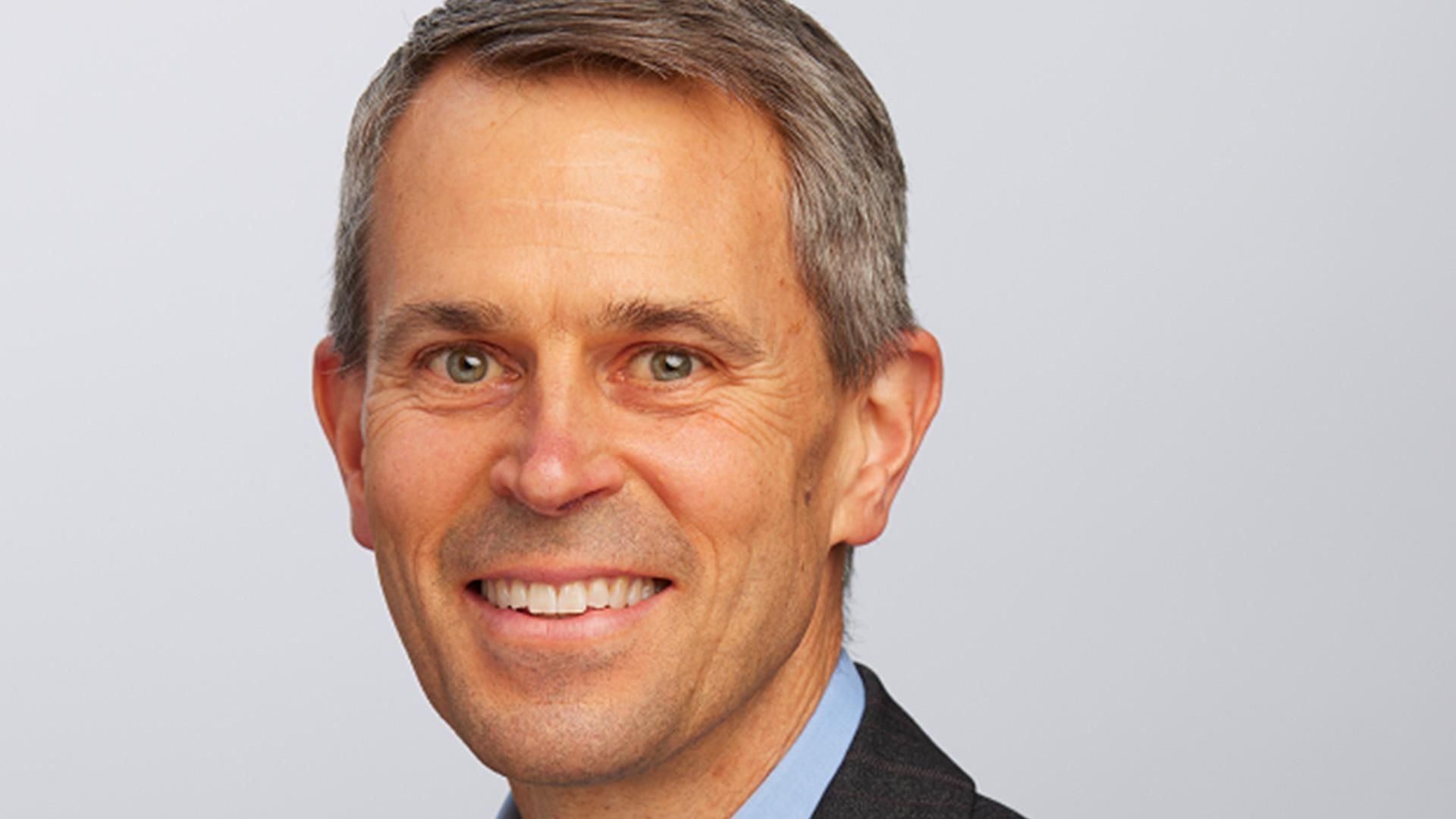
Brian Bronk
Global Head of Business Development, Neurology, Oncology, Ophthalmology, Platforms, R&D Transactions & Rare Disease
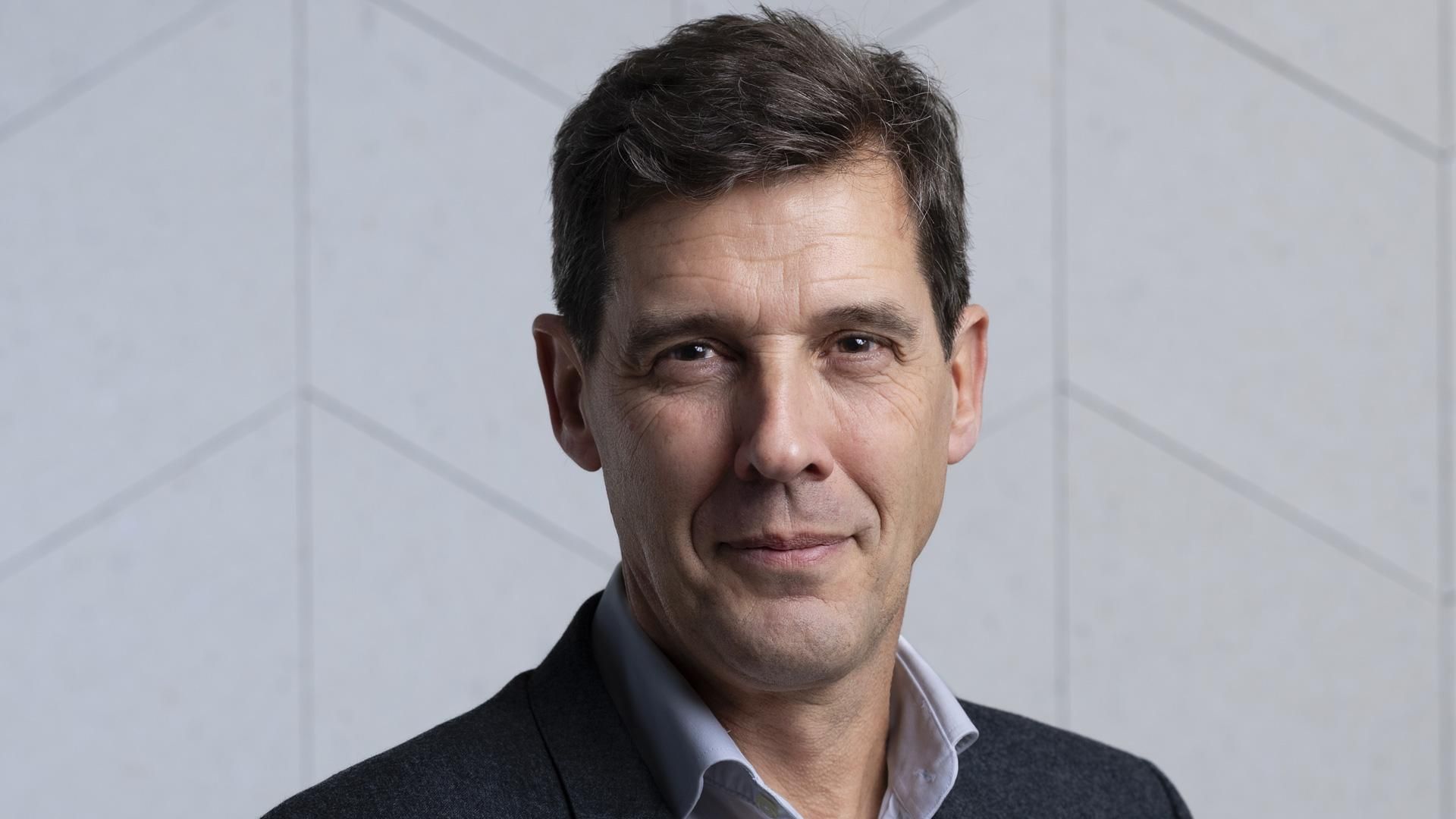
Matthieu Lebrun
Global Head of Business Development, Out-Licensing
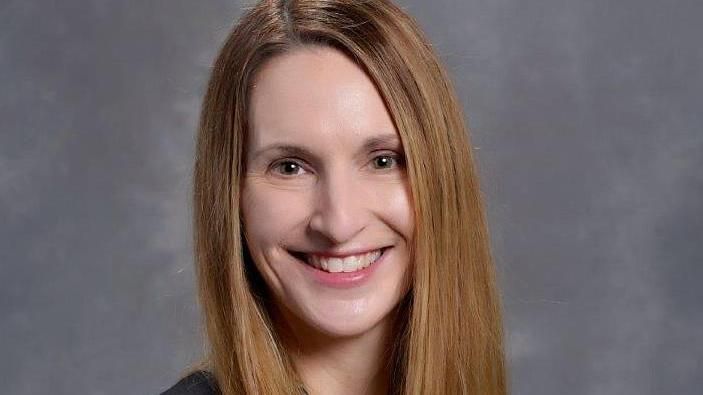
Laurie Gery
Global Head of Business Development, Vaccines
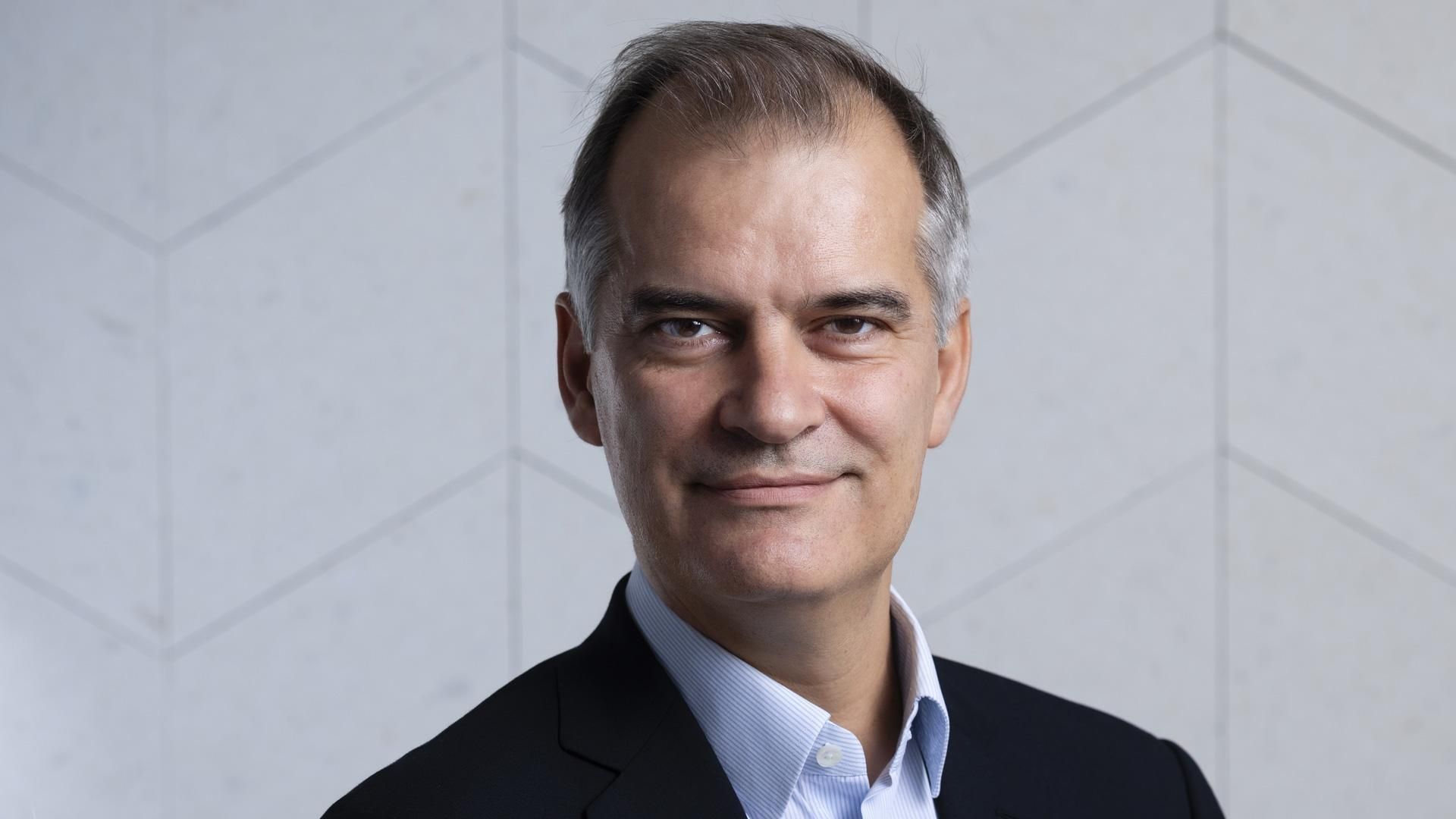
Matthieu Merlin
Global Head of Business Development, General Medicines
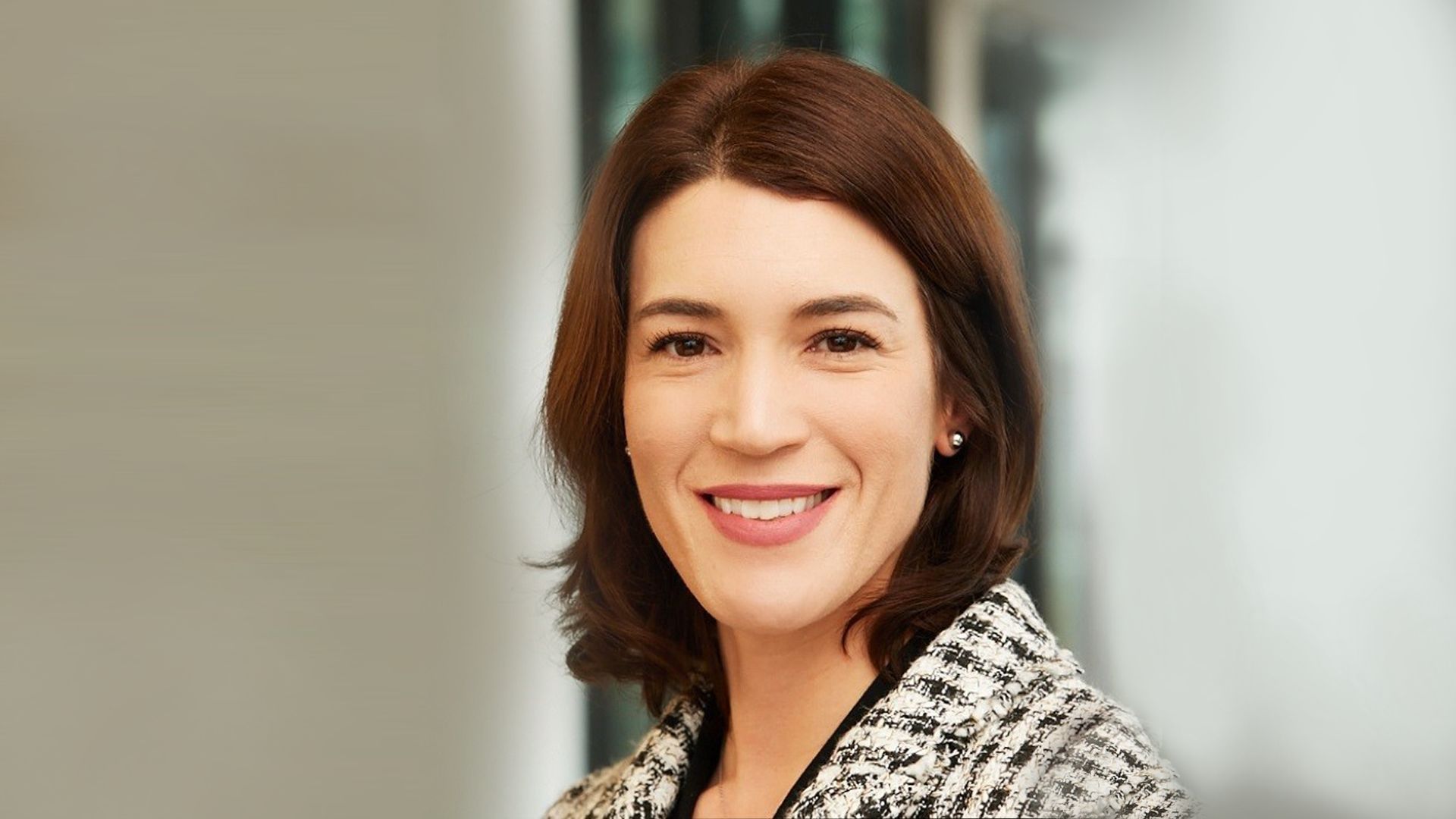
Catherine Blanchette
Head of Strategic Digital Partnerships
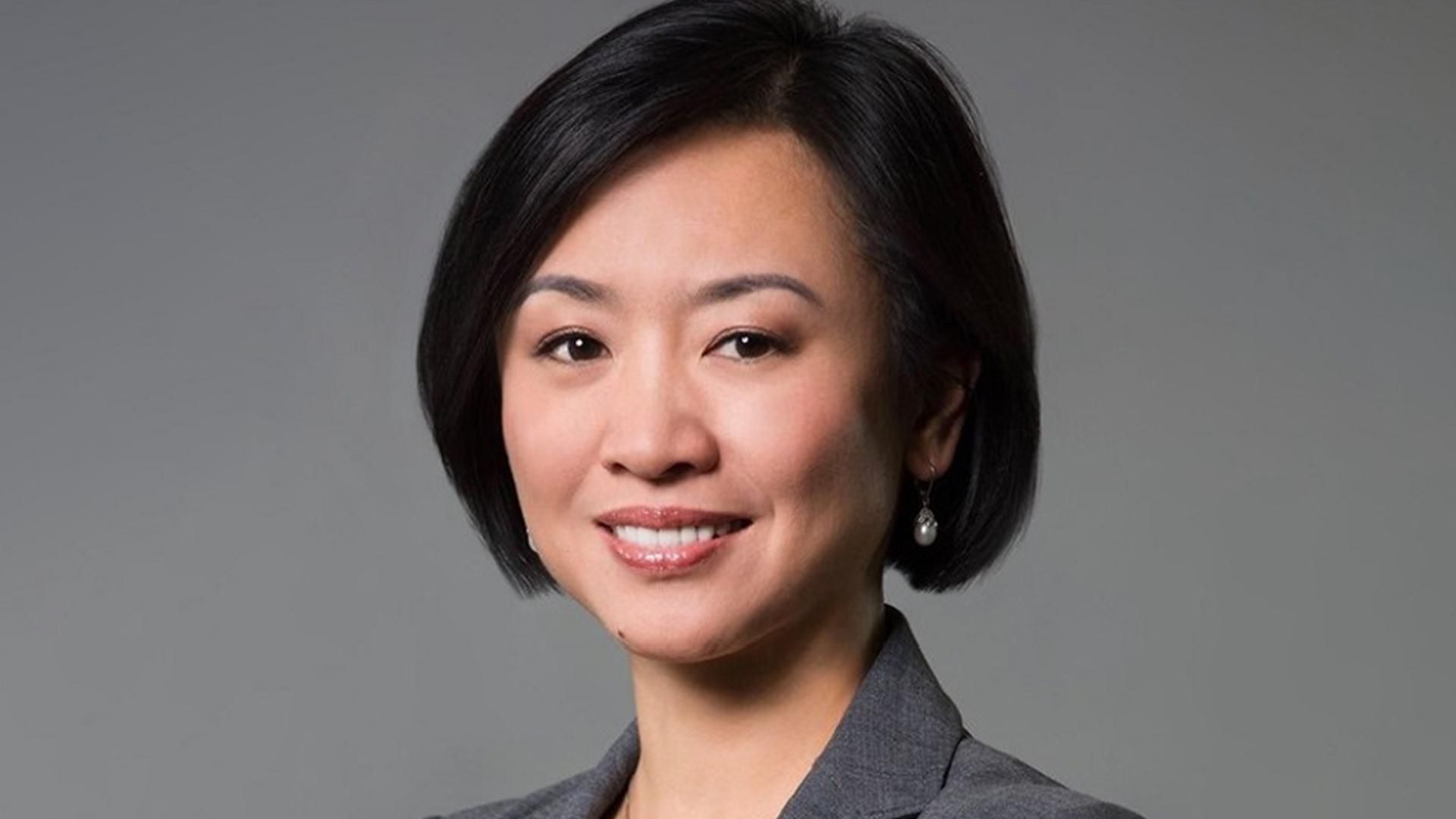
Ying Yang
Greater China Strategy & Business Development Head